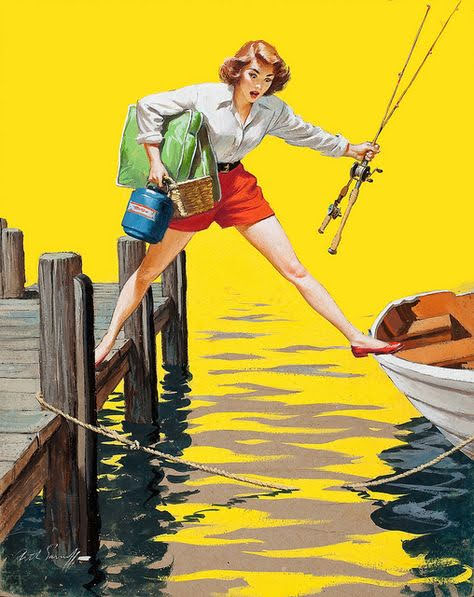
Okay, we needed to go on a long two-post detour in order to better understand how manifestly-imperfect mental models trap many of us in a self-centered dualistic mindset, and how we might recognize the pattern and move past it. For some, it may be tempting to focus on the division between humans and animals as the crux of dualism, but the more fundamental divide as articulated by DayKart [my gesture of disrespect] is between mind and body (matter). As long as we hold minds to be transcendent phenomena apart from matter and proclaim without evidence that “mind” could not possibly derive entirely from vanilla physics and atoms, we risk elevating ourselves to holy status—justifying the savaging of mother Earth as a collection of commodified resources. Perhaps more importantly, there’s also a very good chance it’s just plain wrong.
To be clear, I am not claiming to have the right answer. No one can (or should) make such a claim. But I will make the case for what it seems the universe is trying to tell us. It’s not necessarily the most appealing framework (even for me), but what is that to the universe?
Relatedly, here’s what I think really gets the goat of those who cringe at the suggestion that mind is not apart from matter, and that it is in fact “just” an arrangement of matter: such a stance would seem to relegate us and all living beings to mere “machines,” echoing DayKart’s disregard for animals as unfeeling automata. As vile as the implications were in his case (vivisections), why “demote” not only animals but ourselves (gasp) to similar lowly status? It’s demeaning—if one derives meaning from a sense of supremacy, as many in our culture do. If we (and animals) were just machines, all sorts of atrocities would seem to become fair play, and we would wish to avoid this at all costs.
We need to pause and take a breath, here. The reaction spelled out above is burdened with hasty reflex and all sorts of mental-model baggage (and only makes any sense in a recalcitrant dualist framing). We’ll have to unpack all this, slowly. We’ll eventually get there—not all in this post—but for now I’ll just point out that it is abundantly clear to us (and is also true, I would say) that we and other living beings are far more amazing than any machine we might imagine when restricting the comparison to our technological gizmos.
We’ll revisit the central “machine” objection a few times in posts to come, but for this post it’s time to outline basic metaphysical options to help guide our discussion.
Continue readingViews: 1240









